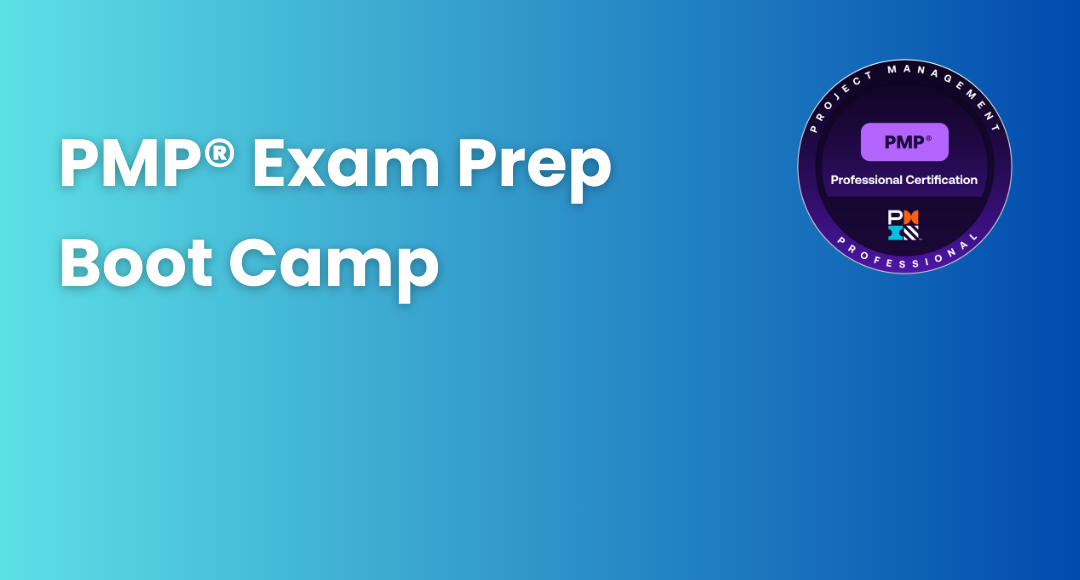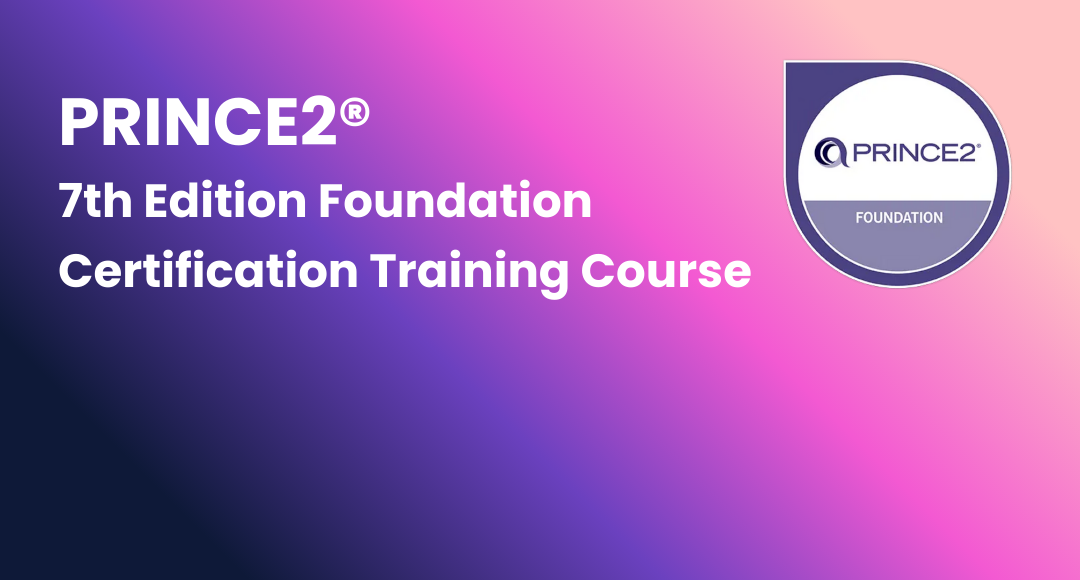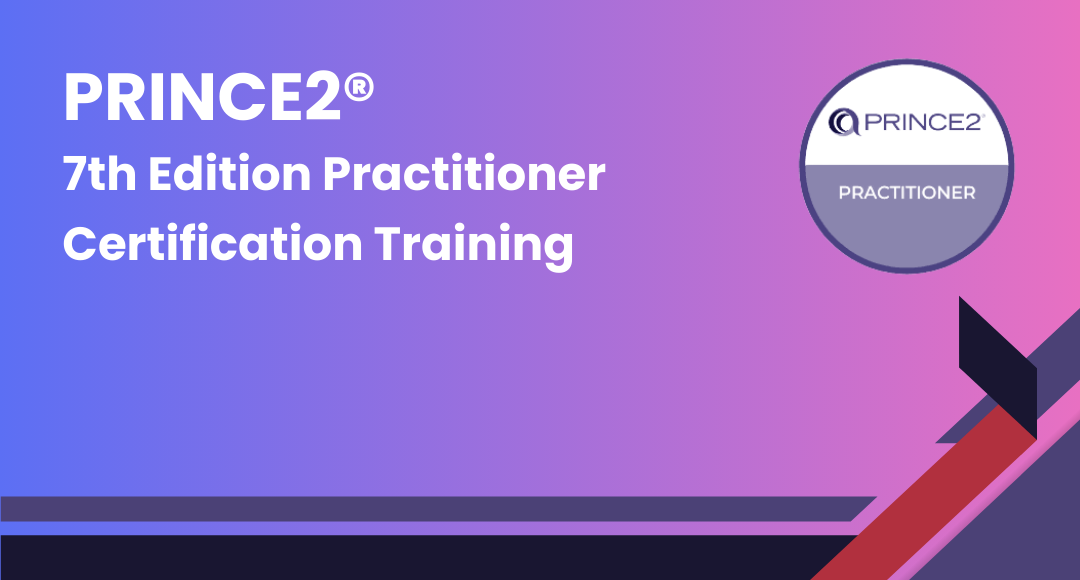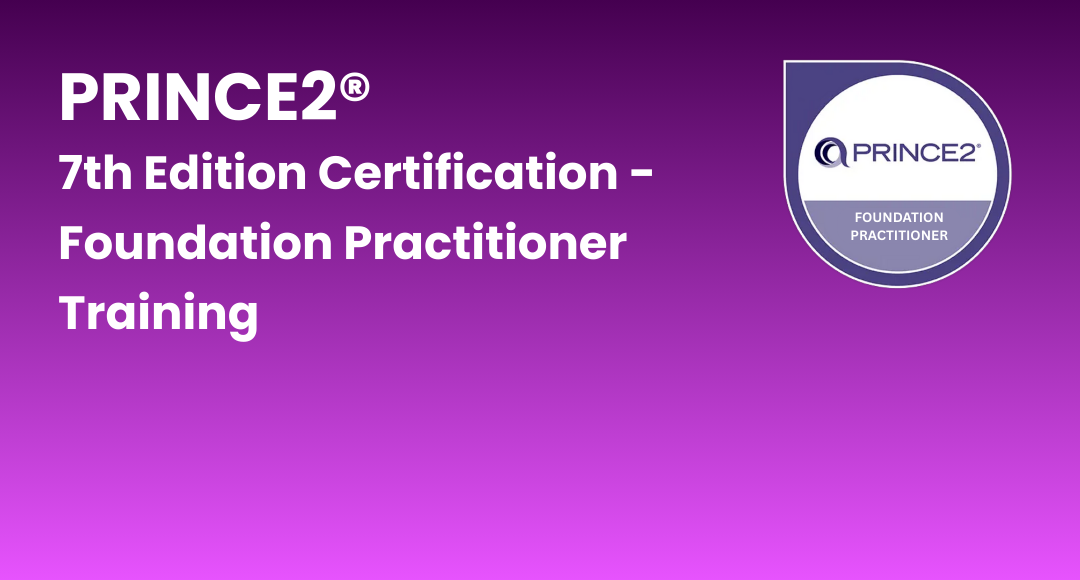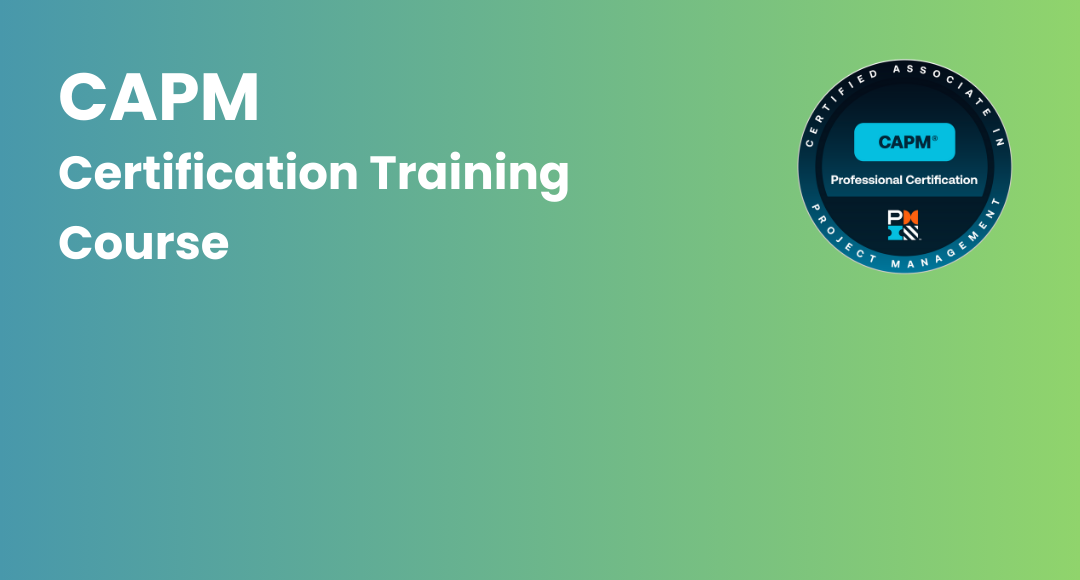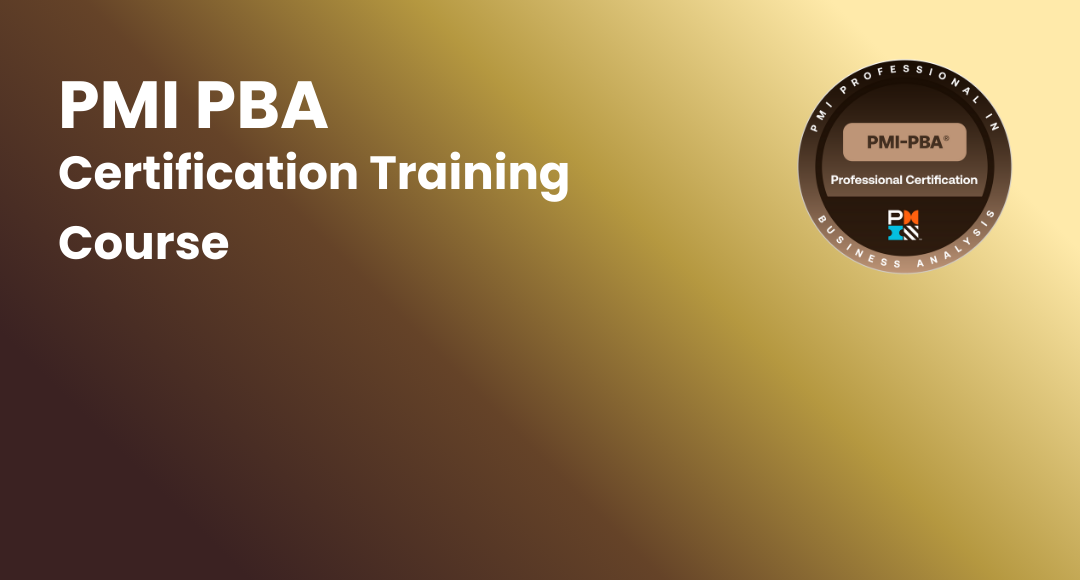PERT vs CPM in Project Management
-
 By Sushmith
By Sushmith - Published on Sep 2 2022

PERT vs. CPM - Comparison and Differences
The project may be of different sizes, such as small, large, complex, etc. The aim of any project manager is to create a management plan to complete the project within a given time frame. CPM and PERT are the analytical tools used in project management for the efficient management of project activities.
In terms of project management, CPM stands for Critical Path Method, and
Pert stands for Program Evaluation Review Technique.
The Critical Path Method is a project management algorithm used to schedule the project tasks, while the Program Evaluation Review Technique is a project management tool that is used to calculate the time consumed to successfully complete the project activities.
Critical Path Method (CPM)
The critical path method falls under the time management of project management. CPM is a project management tool used to design and generate a project schedule. This method produces approximately precise start and finishes dates of a project by running multiple analytical techniques like the critical path method, critical chain method, and resource optimization.
CPM is used to estimate the minimum project duration and minimum resource consumption. This helps with determining the flexibility of project activities and paths. Resource limitations are not considered in this case.
Flexibility in a schedule is measured by the time a scheduled activity may be delayed or drawn out from the start date. This process is termed "Total Float." While using this method, depending on the constraints applied, the critical path can have a negative, zero, or positive total float.

PERT vs. CPM - Understanding the differences
In project management, PERT and CPM share a lot of similarities, but the following differences differentiate PERT from CPM.
|
PERT Program Evaluation Review Technique |
CPM Critical Path Method |
|
An analytical project management approach is used to determine the precise time taken by the team to successfully complete the project by managing undefined activities. |
An analytical project management approach that helps in scheduling the project with a precise start and an end date of the project, undertaking the predefined activities of a project. |
|
It is an event-oriented approach method. |
It is an activity-oriented approach method. |
|
It optimizes precise project time. |
It optimizes the resources. |
|
Critical and non-critical activities are considered the same. |
A distinction is present between critical and non-critical activities. |
|
It is a model of probability. |
It is a deterministic model. |
|
It is best suited for non-repetitive projects events. |
It is best suited for repetitive project activities. |
|
It does not use replicated activities. |
It used replicated activities to demonstrate the structure of activities. |
|
The structure of events does not crash due to the presence of time uncertainties. |
Structure of activates crashes, since time uncertainties are not present. |
|
Best suited for research and development-related projects. |
Best suited for construction and development related projects. |
Program Evaluation Review Technique (PERT)
Program Evaluation Review Technique (PERT) is a project estimating and scheduling technique. It is a probabilistic technique used to indicate the expected time for the completion of the project.
This technique can’t be used to estimate the earliest time for completing the project since it considers all the uncertainties of the project and takes all the risks involved into account. It is a probabilistic network analysis method used to plan and schedule uncertain project activities.

PERT vs. CPM - Applications
Since PERT and CPM share most of their similarities, they are applicable in various fields of network analysis. Commonly shared applications of PERT and CPM are as follows:
- Marketing programs.
- Marketing new products.
- Setting up of new industries.
- Scheduling of future projects.
- Large-scale production control.
- Resources maintenance of a project.
- Planning of production of new products.
- Advertising campaigns and management.
- Construction, research, and development projects.
- Maintenance of resources like financing and staff.
PERT vs. CPM - Advantages
CPM was developed in 1957, and PERT was delivered in 1958. They have been in use for a long time due to the lack of disadvantages and the wide availability of benefits.
Advantages:
- Optimize resource consumption.
- Helps in improving product productivity.
- A CPM predicts how activity affects the project.
- Helps you design a clear map with all details of the project.
- Can be used to optimize the time and cost of the project to a minimum.
- You can easily measure and organize the project tasks with a timeline.
- A PERT chart helps you logically process, assign, and manage the resources.
PERT vs. CPM - Disadvantages:
- Requires good knowledge for understanding the generated chart.
- PERT is time concentrated but does not consider the cost.
- In CPM, estimation of the project timeline is difficult to process.
- For small projects, PERT charts can’t be scaled easily.
- For massive projects, charts become complicated.
- Allocation of resources is not precise.
How to find the critical path
In order to find the critical path of a project task, the duration of critical and non-critical tasks must be considered. The following is a breakdown of steps that help you define the critical path of a project.

1) List all project activities.
Let’s first list down all the project tasks and activities that are responsible for producing deliverables by creating a breakdown work structure. This list lays the foundation for the rest of the critical path.
2) Underline project aims and tasks.
Depending on the tasks listed, determine the tasks that are dependent on one another. This helps you know what tasks can be executed with other tasks to more efficiently organize tasks and activities.
3) Design an organized chart for project tasks.
Taking the list designed and highlighting the dependent tasks, now design an organized system chart depicting the record of activities. Draw boxes for each task and use arrows to show the dependency of tasks. You can include other components like time until the general schedule of the project is figured out.
4) Evaluate the time taken to complete each task.
Estimation of task duration can be done by
- Estimation based on experience.
- Estimation based on previous project data.
- Estimation based on industry standards.
Alternatively, the estimation can also be done by predicting the earliest date of start and finish together with the late start and finish timings. To calculate early start and finish dates, you use Forward Pass, and for late start and finish times, you use Backward Pass.
5) Identify the critical path of the task.
Once you are done with listing, designing, and evaluating the tasks, you now have to identify the tasks that form critical paths. Considering the end time of each activity in the sequence, determine the duration of the entire sequence. The sequence of activities with the maximum duration is the critical path of this scheduled activity.
Since the critical paths are taken care of, it becomes easy to design a project schedule. The above tasks performed serve as the key tasks in building a proper schedule.
6) Measure the total float.
Float, also called stack, is the flexibility given to a task. It shows to what extent a project can be delayed without affecting the sequence of project tasks and activities.
Measuring the float can determine how much flexibility a project can have. Float can help you cover unexpected project issues and project risks.
Critical tasks that have zero floats are the ones that have fixed dates. Project tasks and activities with positive float are in the category of the non-critical path. They can be delayed without affecting the actual project timeline and milestones. By skipping these tasks, you can save time only when you have a shortage of time for the project.
You can follow manual methods or use the algorithm to calculate the float.
The Total Float (TF) of a project is the difference from the Latest Finish (LF) date to the Earliest Finish (EF) date or, the Latest Start (LS) date to the Earliest Start (ES) date.
[TF = LF - EF] or [TF = LS - ES]
PERT vs. CPM - Conclusion
With a complete understanding of this article, now you are clear about the working differences, advantages, and disadvantages between CPM and PERT.
The PERT method is more precisely used for projects with unpredictable and non-repetitive activities. On the other hand, for projects with predictable and repetitive tasks, CPM is precisely applied.
PERT is an activity-oriented technique that is also cost-oriented. CPM is an event-oriented technique that focuses on cost control.
By understanding their differences and applications, you can now be more aware of which technique is to be used under what circumstances.
These techniques are most helpful in producing a project plan and also in scheduling the project tasks.
These techniques can be applied and implemented, making use of the wide availability of online tools that help users automate and design their tasks.
To gain knowledge about top areas of project management, enroll in the PMP certification training. This program is designed and conducted by industry experts. Chat with our course executive to get complete details.
Subscribe to our Newsletters
Popular Programs
CAPM® Certified Associate Project Management
Live Virtual Training
- 4.7 (962 + Ratings)
- 43k + Learners
Trending Posts
10 Best Change Management Tools to Use
Last updated on May 30 2023
Project Cost Management Guide 2026
Last updated on Aug 8 2022
Mastering Resource Scheduling to Unlock Project Success
Last updated on Jun 7 2023
About Disney’s Project Management: Where Magic Gets Real
Last updated on Nov 28 2024
Construction Project Management - Roles, Stages and Benefits
Last updated on Apr 21 2023
Amazon Logistics Strategies That Dominate Retail
Last updated on Jan 10 2025
Categories
- Other 69
- Agile Management 45
- Cloud Computing 56
- Project Management 172
- Big Data 66
- Business Management 88
- Digital Marketing 78
- IT Service Management 29
- Programming Language 58
- AI and Machine Learning 76
- IT Security 112
- Quality Management 78
- IT Hardware and Networking 25
- Microsoft Program 4
- Workplace Skill Building 13
- Risk Management 9
- Information Security 8
- Leadership and Management 9
- Corporate Training and Development 1
Trending Now
Issue Log in Project Management - Uses and Importance
ArticleSupply Chain Response And The Factors Involved In It
ArticleBest Agile tools for Project Managers in 2026
ArticlePMI-PMP® Exam Changes Explained in 5 Minutes
ebookProject Initiation Phase - Importance and Roles Involved
ArticleDelphi Technique and Its Role in Project Management
ArticlePMBOK Guide and Project Management Certification Updates 2026
ArticleHow to Use Google Calendar as a Project Management Tool
ebook10 Reasons Why You Should Get PRINCE2 Certification
ArticleCAPM Cheat Sheet 2026
ArticleCAPM Certification Study Guide
ArticleCAPM Certification Exam Preparation Guide 2026
ArticleTop Benefits of CAPM Certifications
ArticleGuide to Advancing Project Management Career with PMP Certification
ArticlePMP Vs PRINCE2 - Which Project Management Certification is Better?
ebookProject Management Interview Questions and Answers for Managers
ArticleProject Management Software to Use in 2026
ebookBest project management certifications in 2026
ArticleProject Feasibility Study in Seven Steps
ArticleCAPM vs PMP – Which Project Management Certification Is Better?
ArticleProject Scope Management Guide 2026
ArticleProject Management Complete Guide 2026
ArticleCAPM Exam – Difficulty, Details and Preparation Tips
ArticleWhat is Project Management?
ArticleIs it worth getting the CAPM certification?
ArticleIs PMP Better than MBA?
ebookWhat is PMI ACP certification?
ArticleIs PMP exam difficult?
ArticleIs PMI ACP worth it?
ArticlePMP or CAPM – which is better?
ArticleWhat is pass percentage for the CAPM exam?
ArticlePMP or PMI ACP – which certification should you get?
ArticlePMP Certification Cost Details
ArticleHow to get PMP certification - Guide 2026
ArticleHow to create an effective project plan
ArticleTop Project Manager Interview Questions and Answers 2026
ArticleGuide to Change Management for Organizational Transformation
ArticleResource Manager Interview Questions and Answers 2026
ArticleTop Project Manager Qualifications and Career Path in 2026
ArticleNetwork Diagram - Types, Topology and Use in Project Management
ArticleProject Management Life Cycle and Its Phases
ArticleGuide to Project Management Processes, Methodologies and Lifecycles
ArticleProcess Capability Analysis Explained
ArticleFinancial Risk and Its Types
ArticleConstruction Project Management - Roles, Stages and Benefits
ArticleRisk Management Strategies in Project Management
ArticleProject Management Principles - 12 Essentials
ArticleProject Management Framework Guide
ArticleStrategic Management Guide 2026
ArticleProject Management Books List - Best of 2026
ArticleProject Documentation and Its Importance
ebookProject Management Tips - Best of 2026
ArticleProject Management Apps Best of 2026
ArticleDigital Project Manager – Skills, Salary, and Scope
ArticleProject Communication Plan – How to Create and Use
ArticleEarned Value Management and Its Significance
ArticlePlanning Poker Estimation Technique
ArticleProject Management vs Product Management
ArticleProject Crashing in Project Management
ArticleProject Controlling and its Importance in Project Management
ArticleProject Report and its Significance in Project Management
ArticleEstimate at Completion - Formulae and Calculations
ArticleProject Cost Management Guide 2026
ArticleProduct Lifecycle Management
ArticleProject Portfolio Management Guide
ArticleProgram Manager vs Project Manager - Comparison of Roles and Careers
ArticleWBS Dictionary - A Beginner's Guide
ArticleStakeholder Analysis and Stakeholder Management Guide
ArticleProject Management Phases Explained
ArticleProject Management Knowledge Areas
ebookLeadership Theories for Managers
ebookPMP Pass Rate in 2026 - Guide to Clear the PMP Exam
ebookProject Schedule Management Guide for Beginners
ebookProject Integration Management Guide
ArticleProject Risk Management Guide
ArticleProject Resource Management Guide
ArticleProject Quality Management Guide
ArticleProject Procurement Management Guide
ArticleProject Deliverables in Project Management
ebookConflict Resolution in Project Management
ebookGantt Charts - The Ultimate Guide
ebookWork Breakdown Structure in Project Management
ebookTop Gantt Chart Makers in 2026
ebookGantt Chart Tools - Best of 2026
ebookHow to create a work breakdown structure
ebookProject Manager Resume Guide – Best Tips and Examples
ebookProduct Management Frameworks - The Ultimate Guide 2026
ebookProduct Planning - A Beginner's Guide
ebookWhat is Product Management? - A Beginner's Guide
ebookGuide to Project Stakeholder Management
ebookPMP® Certification Salary: Job and Salary Scope in 2026
ebookTop Project Engineer Skills
ebookGuide to Technical Project Management
ebookTop 10 project management competencies
ebookNegotiation in Project Management: The Utimate Guide
ebookTime Management in Project Management - Steps to Implement it
ebookTop Program Manager Skills of Successful Program Managers
ebookA Brief Guide to Conflict Management Approaches
ebookWhat is a Risk Management Plan? A Comprehensive Guide
ebookWorkflow Diagram - Steps to Create, Symbols, Types, and Uses
ebookBest Practices to Measure Resource Utilization
ebookWorkload Management: How to Optimize Your Team’s Workload?
ebookWhat is Project Execution? A Comprehensive Guide
ebookProject vs Program Management: Key Differences
ebookKanban Methodology in Project Management – A Complete Guide
ebookHybrid Project Management Guide 2026
ebookProject Characteristics: Key Elements in a Project
ebookThe Ultimate Guide to the Waterfall Methodology in Project Management
ebookProject Budget: Definition, Overview & How to Create One
ebookThe Ultimate Project Kickoff Meeting Guide
ebookProject Timeline: How to Build One, Definitions, and Examples
ebookProject Scope Statement: How to Write One With Example
ebookStatement of Work in Project Management Guide 2026
ebookProject Management in Product Development : Essential Role
ebook10 Best Change Management Tools to Use
ebookMastering Resource Scheduling to Unlock Project Success
ebookProject Risk Analysis: Tools, Templates & Best Practices
ebookHow to Write a Project Summary: Four Easy Steps
ebookTop Leadership Skills: Mastering the Art of Effective Leadership
ebookHow to Write a Project Descriptions: A Step-by-Step Guide
ebookWhat is Project Monitoring? A Comprehensive Guide
ebookWhat Are Project Fundamentals? A Quick Guide
ebookKanban Board: A Detailed Guide to Understanding and Usage
ebook10 Effective Management Styles for Leaders (With Real-Life Examples)
ebookProduct Manager Career Path: What to Expect
ArticleCareer Path for Program Manager - Strategic Navigation for Professional Growth
ebookExploring Career Path for Product Owner
ebookAn Ultimate Guide to Project Coordinator Career Paths
ebookHow to Become an ISO 21502 Lead Project Manager
ArticleWhat are the Basics of ISO 21502 Foundation? A Brief Guide
ebookThe Role and Responsibilities of an ISO 20400 Lead Manager
ArticleEnergy Saving Standards and ISO 50001 Best Practices
ebookComparing Different ISO Certifications for Project and Energy Management
ebookGuide to ISO Certifications for Effective Project and Energy Management
ArticleWhy ISO 50001 is the Perfect Match for Energy Efficiency?
ArticleAI Tools for Project Managers: A Game Changer for Project Success
ArticleAbout Disney’s Project Management: Where Magic Gets Real
ArticleMcDonald's Recipe to Success - A Perfect Project Management Case Study
ArticleToyota’s Project Management: A Road to Greatness and Innovation
ArticleNetflix's Binge-Worthy Project Management
ebookUnder Armour’s Project Management Approach
ArticleWipro Project Management: Core Lessons from Tech Giant
ArticleProject Management at Google: Tools and Success Stories
ArticleCoca-Cola Project Management Strategy and Key Insights
ArticleAI in Project Management: Transforming the Future of Work
ArticleBehind the Scenes: How Apple Executes Projects with Flawless Precision
ArticleTesla's Advanced Project Management: Accelerating the Future
ArticleBeats to Business: Spotify's Project Management to Redefine Music
ArticleTop AI Project Management Software to Elevate Your Workflow
ArticleProject Management Office: Step-by-Step Guide to Start a PMO
ArticleWhat is a Project Management Information System?
ArticleHow Microsoft Balances Innovation and Project Management?
ArticleWhat is Agile Project Management? A Beginners Guide
ArticleIKEA Project Management: What to Learn and Stay Competitive
ArticleHow Did Nike Become a Global Leader?
ArticleIntel's Master Project Management Formula
ArticleSamsung Pioneer in Project Management: The Secret Behind It
ArticleAmazon Logistics Strategies That Dominate Retail
ArticleRemote Project Management Success: Key Strategies and Career Opportunities
ArticleStreamlining Workflows: The Best Digital Tools for Professionals
ArticleUnderstanding the Financial Risks in Sponsorships and How to Avoid Them
Article3 Real Disasters That Teach Critical Project Risk Planning Lessons
ArticleInterview scheduling automation: Streamlining the candidate experience
Article3 Quality Gaps That Can Ruin Your Project Outcomes
ArticleBest 4 Construction Drawing Management Tools to Boost On-Site Efficiency
ArticleEssential Jira Interview Questions for 2026
ArticleProduct Development Cycles That Keep Innovation on Schedule
ArticleSmarter Projects with AI
ArticleLegal Project Management for PMs: A Practical Starter Guide
ArticleProject Manager Job Description: Roles, Responsibilities, and Skills
ArticleProduct Analyst Job Description – Key Duties and Career Path
Article

